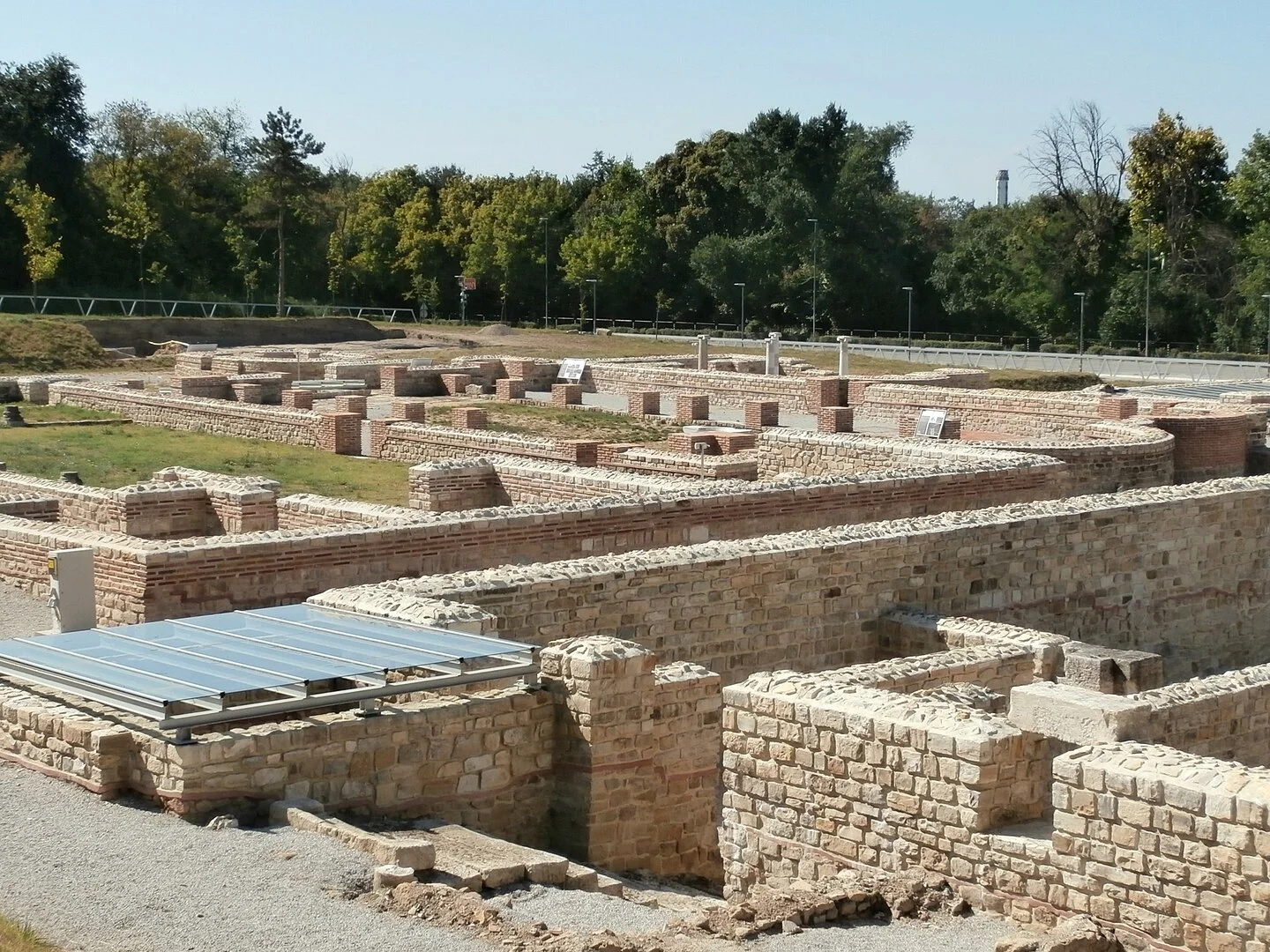Archaeologists from the Adam Mickiewicz University in Poznań have determined the extent of the arsenal at the Roman Legionary Fortress at Novae.
Founded in the 1st century AD on the Lower Danube Limes (Moesian Limes), Novae served as a permanent base for the Legio I Italica in present-day Bulgaria.
As well as delimiting the frontier, Novae was also a strategic base for campaigns against Barbarian tribes, including Trajan’s Dacian Wars, and later, Maurice’s Balkan campaigns.
During the late 3rd century AD, the fortress was systematically destroyed by a series of barbarian attacks. To better defend the frontier, the legions were divided into small forts and fortlets along the Limes, while Novae emerged to serve a civil function.
During the 65th excavation season led by the International Interdisciplinary Archaeological Expedition from Adam Mickiewicz University, archaeologists have established that the arsenal at Novae covered an area of 3,200 square metres.
Professor Elena Klenina, said: “Our research of the arsenal has confirmed its monumental and exceptional nature. Today we can state that the dimensions of this structure are approximately 80 × 40 metres, meaning that it covers an area of 3,200 square metres.”
Professor Klenina further highlighted the significance of the arsenal, noting that the structure is the only example of its kind to be so highly preserved in a Roman Legionary Fortress.
Last season’s excavations of Novae uncovered a complex of wooden and earthen military barracks garrisoned by the Legio VIII Augusta, a system of aqueducts made of both ceramic and lead pipes, and an ancient fridge with fragments of wine drinking vessels, bowls and animal bones in situ.
Header Image Credit : Alexander.D.Hristov – CC BY-SA 4.0
Sources : PAP





